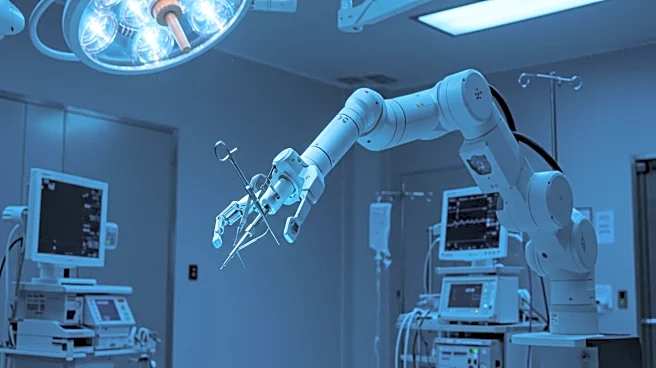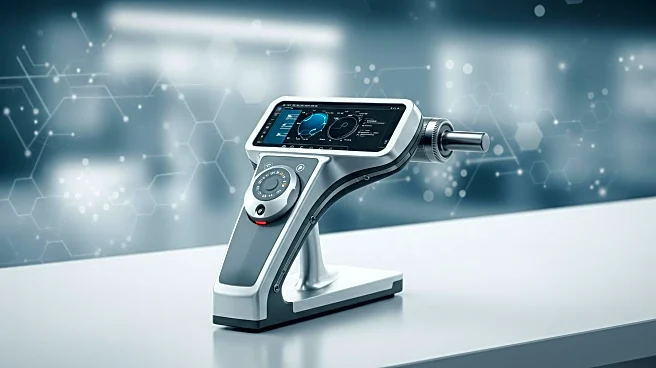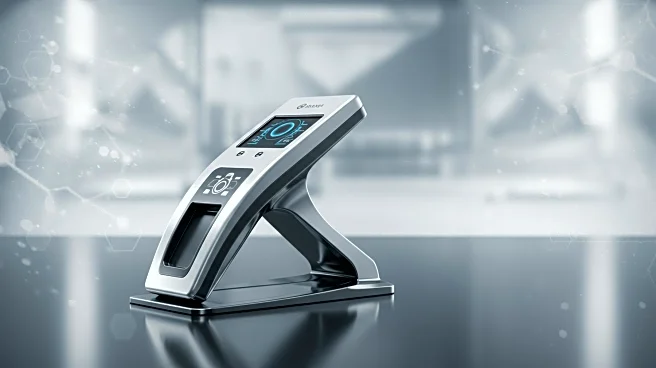What's Happening?
The surgical robotics market is witnessing heightened competition as numerous companies prepare to launch their platforms in the U.S. CMR Surgical has recently appointed a top executive to spearhead the U.S. launch of its soft tissue robot, marking what it describes as a 'pivotal moment.' Similarly, Moon Surgical has expanded its leadership team to support the rollout of its soft tissue robotic system. Other companies are also exploring niche areas within the robotics field. Olympus, in collaboration with Revival Healthcare Capital, plans to develop a robotic system for gastrointestinal treatments. ForSight Robotics is working on a platform for cataract and eye disease surgeries. Major players like Medtronic and Johnson & Johnson are also advancing their robotic surgery technologies, with Medtronic awaiting FDA approval for its Hugo robot and J&J planning a de novo application for its Ottava robot.
Why It's Important?
The intensifying competition in the surgical robotics market is significant for several reasons. It reflects the growing demand for advanced medical technologies that can improve surgical outcomes and efficiency. The entry of new players and the expansion of existing companies into niche areas could lead to innovations that enhance patient care. For healthcare providers, these developments may offer more options and potentially lower costs as competition drives technological advancements. For patients, the increased availability of robotic surgery could mean access to less invasive procedures with quicker recovery times. The market dynamics also have implications for investors and stakeholders in the medtech industry, as companies vie for market share in a rapidly evolving sector.
What's Next?
As companies prepare to launch their robotic systems, regulatory approvals will be a critical next step. Medtronic is awaiting FDA authorization for its Hugo robot, while Johnson & Johnson plans to submit an application for its Ottava robot in early 2026. The outcomes of these regulatory processes will influence the competitive landscape and determine which technologies become available to U.S. healthcare providers. Additionally, the strategic moves by companies like Olympus and ForSight Robotics to target specific medical niches suggest that further specialization and innovation in surgical robotics are likely. Stakeholders will be closely monitoring these developments to assess their impact on the market and patient care.












